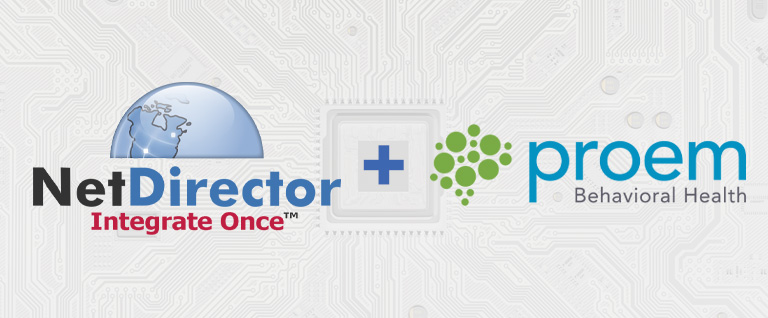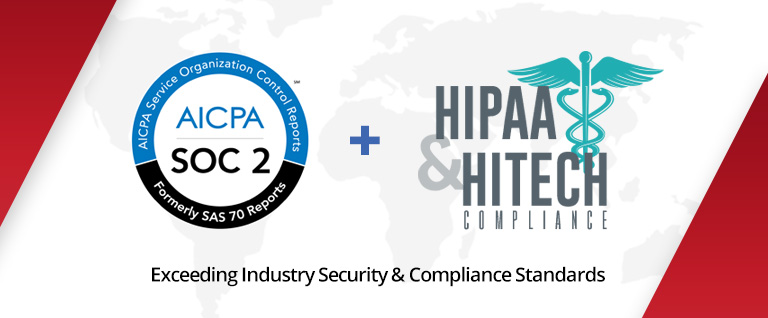High availability, interoperability, and utility in population health management all figured prominently in an early 2017 forecast of areas where healthcare CIOs expect information technology (IT) to deliver significant impact for their organizations.
Here’s a look at how things are shaping up at the year’s midpoint.
Systems availability
While natural disasters or cyber-attacks can knock out — or lock out — critical IT systems without warning, healthcare entities still need to prepare for such events. In fact, the HIPAA Security Rule requires health care covered entities to have a contingency plan for responding to unavailability of electronic health information systems.
The Department of Health and Human Services’ Inspector General reported last year in a survey of 400 hospitals that about two-thirds have contingency plans addressing data backup, disaster recovery, emergency mode operations and testing/ revision procedures. Nonetheless, over half of the surveyed hospitals confirmed an unplanned disruption to their electronic health record (EHR) system, and about a quarter of those experienced delays in patient care as a result.
So far this year, EHR outages continue to make headlines:
- An April 2017 poll, conducted by online physician community Sermo, found that 55 percent of 1,678 responding U.S. doctors had experienced an EHR outage or malfunction that jeopardized the health or safety of a patient.
- Also in April, Erie County Medical Center and an associated long-term care facility experienced a system-wide shutdown attributed to a ransomware attack. The hospital’s backup process prevented loss of any patient records or financial data, but its EHR was taken offline for six weeks, during which time activities such as patient admissions and prescription writing had to be handled manually.
- In a separate incident at the end of February, an ophthalmology-specific EHR experienced “technical difficulties” due to outages of Amazon’s S3 cloud-based hosting service.
Data center and cloud services provider Peak 10 recommends that healthcare entities not only review their IT privacy and security policies and procedures but also insist that their service level agreements with technology providers specify agreed-upon security objectives and how compliance will be ensured.
Interoperability
In late March, the Office of the National Coordinator for Health IT (ONC) shared several examples of what it described as “interoperability in action from coast to coast.” Among the programs ONC showcased:
- An app that imports patient data — including personal and medical device data, remote monitoring and reminders — into a comprehensive family health dashboard.
- A solution that allows clinicians to create customizable push notifications that can be tailored to individual patients or groups.
- A smartphone app that allows patients to grant or revoke permission for providers to access, send or receive health information electronically.
- A secure system for users to seamlessly store and share data with trusted care professionals.
Additional projects outside of ONC’s purview are taking aim at other aspects of interoperability. In April, Ascension Health, Cedars-Sinai Health System and Hospital Corporation of America opened the Center for Medical Interoperability. The lab will provide resources for researchers to test data-sharing connections for medical devices and EHRs. In February, the Personal Connected Health Alliance agreed to partner with the Integrating the Healthcare Enterprise initiative in efforts to improve health data exchange through conformity testing and certification with a focus on standards-based, open specifications.
Population health
No single type of data serves as a comprehensive source of information for population health management. For example, claims data includes patient demographics, diagnosis codes, and dates and costs of services; however, the information is retrospective and limited to just billable aspects of care, explains a recent HealthITAnalytics report. Likewise, EHR systems provide clinical details but often contain unstructured, free-text descriptions that are difficult to extract and analyze.
Still, healthcare organizations continue to press forward with population health initiatives. Vanderbilt University just released a report card — the first of its kind in the nation — intended to guide the planning, implementation, and evaluation of programs and policies to improve men’s health across the entire state of Tennessee. It identifies heart disease and cancer as the leading causes of death in the state and reveals a deficit in men having a personal health provider. Meanwhile, Stanford University’s Center for Population Health Sciences has awarded $275,000 in pilot grants to fund studies seeking to improve population and community health, including a mobile surveillance system that will map autism and gaps in treatment services.
Efforts such as these will help drive discovery of what works in real-world practice of population health management. “As an industry, we can increase the socialization of toolkits and case studies so that healthcare organizations can more clearly define all aspects of population health management model design,” observes Jennifer Rogers, an analyst at Chilmark Research. She adds that optimal IT deployment will speed up gains in value for current and future adopters of population health models.
Availability, interoperability, and population health projects face a balance of challenges and opportunities as we enter the second half of 2017. NetDirector continues to innovate with cloud-based, foundational integration solutions that will help healthcare organizations seamlessly handle the electronic exchange of information in each of these areas within their respective ecosystems. For more information, please contact us or request a free demo.




